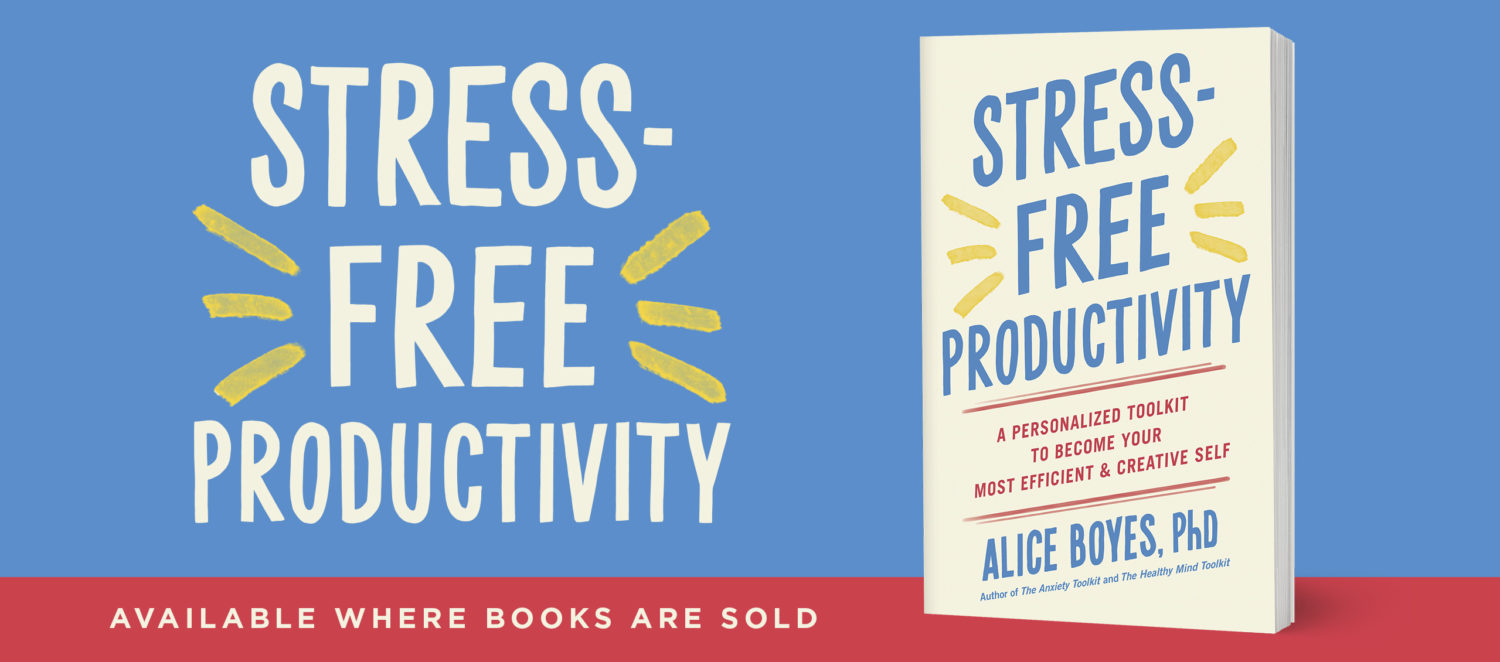Behavioral Experiments CBT
This post outlines how to do a simple behavioral experiment. Behavioral experiments are one of the most important types of Cognitive Behavioral Therapy Techniques.
Most people understand that their thoughts and emotions influence their behaviour.
Thoughts/Feelings -> Behaviour
For example,
Jane believes “I have to be perfect for people to like and accept me” (thought), feels anxiety, shame and loneliness, and therefore strives to do everything perfectly (behaviour).
Jane develops a problem with perfectionism.
1) She feels very anxious when she can’t meet her own standards,
2) When things go wrong in her life she thinks the problems occurred because she wasn’t perfect enough.
3) She compulsively works on minor things to make them perfect and misses the big picture.
One way to challenge dysfunctional thoughts is to do a written exercise to logically evaluate the validity of the thought:
1. What’s the evidence the thought “Other people will only like and accept me if I’m perfect” is true?
2. What the evidence the thought isn’t completely true?
3. What’s a more balanced thought that better reflects reality?
This is an effective technique for changing dysfunctional thoughts and behaviour.
BUT
Generally (not just for perfectionism), the most effective way of changing thoughts and emotions is to change behaviour first.
Just as
Thoughts/feelings -> Behaviour
Also
When you behave differently it causes you to think and feel differently.
Behaviour -> Thoughts and emotions
Example:
One of the strategies many psychology PhDs recommend for combating perfectionism is to, on purpose, try experiments of not behaving perfectly and test the consequences.
e.g.
– Leaving typos in documents on purpose.
– Experiment with telling a friend about a mistake and observing how the friend responds. Does revealing the mistake cause the person to think less of you?
The goal is to observe
1. Whether anything catastrophically bad happens?
2. How you feel about yourself when you are imperfect on purpose.
– Do you feel a greater sense of being in control and having mastery over your own destiny?
– Do you feel less shame and anxiety after the experiment (even if initially your anxiety goes up)?
– Do you feel less of a sense of not being good enough?
3. Has your perception of the importance/desirability of being perfect changed? You might find out that being perfect is less important/desirable than you previously thought? You might learn that your thought has some elements of truth to it but isn’t completely true? You might learn that in some circumstances revealing your imperfections and vulnerabilities leads to other people liking you more rather than less?
There is lots of evidence from research studies that changing behaviour is often the most effective way to change thoughts and feelings (i.e. the most effective way to feel better and have more positive self esteem).
A significant part of my job as a clinical psychology PhD is to help people figure out what their dysfunctional thoughts are (i.e. What thoughts are causing your problem emotions and behaviours?) and work together to find the best way of solving the problem. Together we decide what treatment strategies are most likely to help the problem and what’s achievable for the client to do (what’s practical and not too hard).
More Self Help Versions of Cognitive Behavioral Therapy Techniques.



